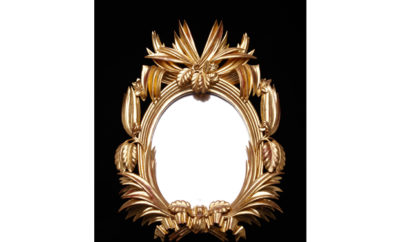
Architecture
Summer 2011

Mockery of Soviet era consumer goods—well, of all Soviet popular culture, actually—was a staple of American Cold War comedy. While it contains a large portion of disdain for the wares produced by the U.S.S.R., what saves Made in Russia: Unsung Icons of Soviet Design, from being a mere paper-bound artifact of a moribund sensibility is, foremost, its at times almost affectionate look back at the products and media icons of the failed state. Yes, there are contemptuous takes on “virtually unplayable” Russian electric guitars and the “terrible” Belomor cigarette—manufactured to celebrate the opening of a canal built by forced labor. But these are leavened by fond looks at devices such as the LOMO camera, originally developed in the 1980s for espionage, but which produced vividly-colored yet washy images, and so was abandoned for its original purpose. Released to the public, the LOMO has since spawned an international cadre of hobbyists who practice a “don’t think, just shoot” method of picture-taking known as “lomography.” Not least, the book is notable for essays by émigrés such as the Ukrainian-born novelist Gary Shteyngart, who reminisces about his parents‘ belief in the medieval treatment called “cupping” to relieve his asthma.
Made in Russia: Unsung Icons of Soviet Design, ed. Michael Idov. Rizzoli, 222 pages, $25












